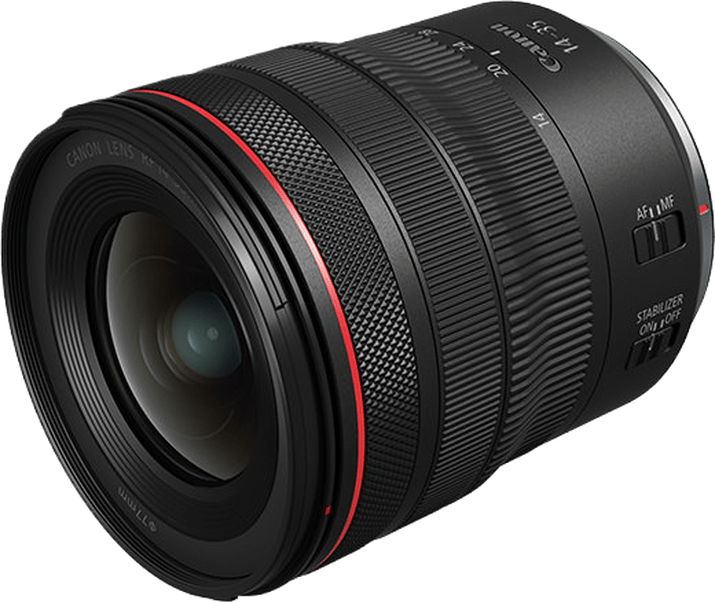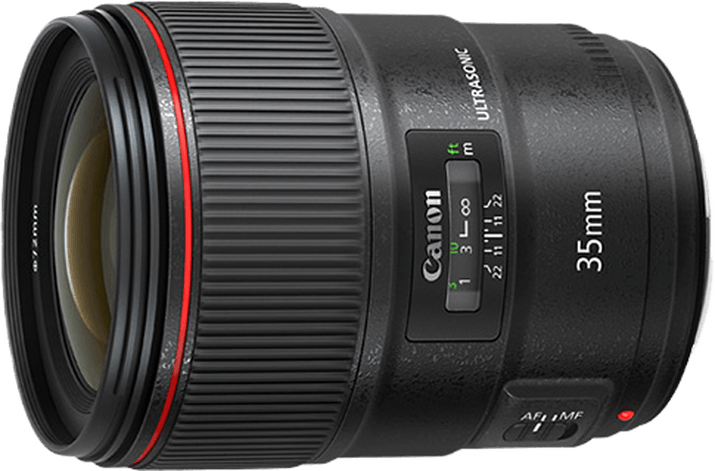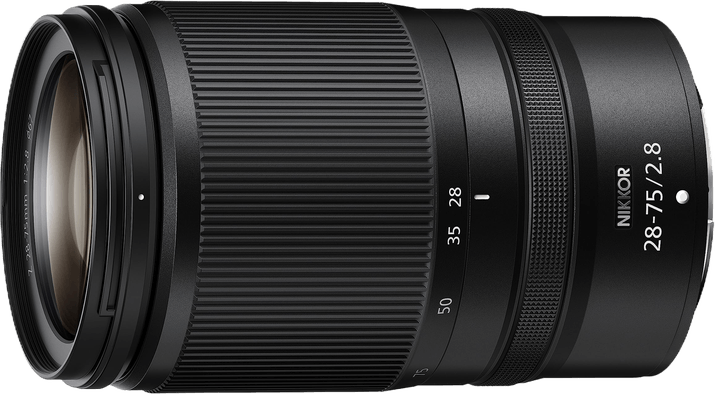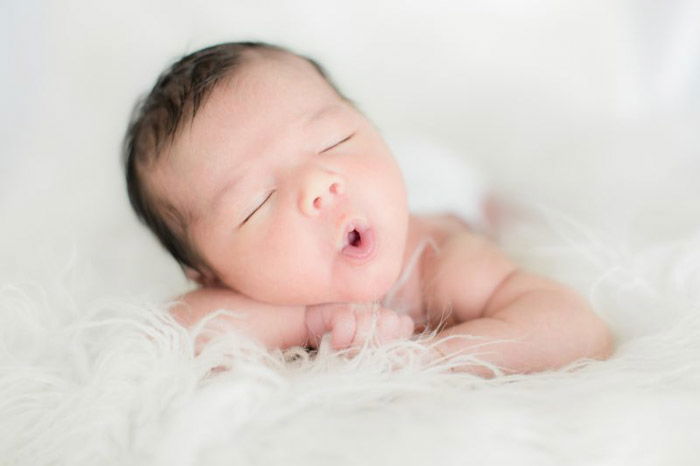Family photography is a brilliant way to sharpen your photographic skills, whether you are a professional or a beginner. Not only does it familiarize you with shooting large groups, it also lets you capture moments you will cherish forever.
Today, we will examine family photography in greater depth. We will discuss the most important posts to consider in these situations, provide inspiration for family photography ideas, and even examine some of the best gear available.
By the end of this article, you will have a wide range of ideas to try when photographing your own or other families. To learn more about each idea, click the links at the end of each section.
Family photography involves photographing a group of people. Therefore, you must ensure that every member is in focus and well exposed. Consider the lighting of the room and the highlights and shadows outside before composing your subjects.
Large groups will naturally position themselves in a suitable position for the camera. You may have to adjust people at either end of the photograph. Try putting some people low down in front and taller people at the back. Smaller groups are harder to compose and will need more direction.
This section will guide you through some key points to consider when shooting family photoshoots. These points are crucial to understanding how to photograph groups and will ensure you get the photo correct before the group disperses!
Taking large group photos with everyone in focus can be tricky. But with the right camera settings and setup, you can get sharp photos of the whole group.
Start by posing the group close together. If you need multiple rows, keep them as close as possible. Set the aperture to a high f-stop number like f/8 or f/11 for a wide depth of field that keeps everyone in focus.
Use single-point autofocus and focus on a face in the front third of the group. Then take the photo in burst mode to avoid closed eyes. With practice, you can take take large group photos with everyone in focus and save those group memories.

Let’s look at some of the most important composition techniques for taking great family portraits. You should use the rule of thirds to place your subjects in a natural, eye-catching way. Also, think about framing your family using elements like doors, bridges or trees to highlight them as the main focus. Leave some negative space around the family to keep the image simple and distraction-free.
Look for leading lines like paths or walls to guide the viewer’s eye toward your subjects. Don’t be afraid to change your perspective – crouch down, shoot from above or move to the side for more dynamic compositions. Remember, you don’t have to include everything in the frame.
Feel free to break the “rules” when needed to capture a special moment or get creative. The goal is to create interesting, memorable family portraits. If you’d like to dive deeper into family portraits, we have a detailed guide that covers even more helpful tips and techniques.
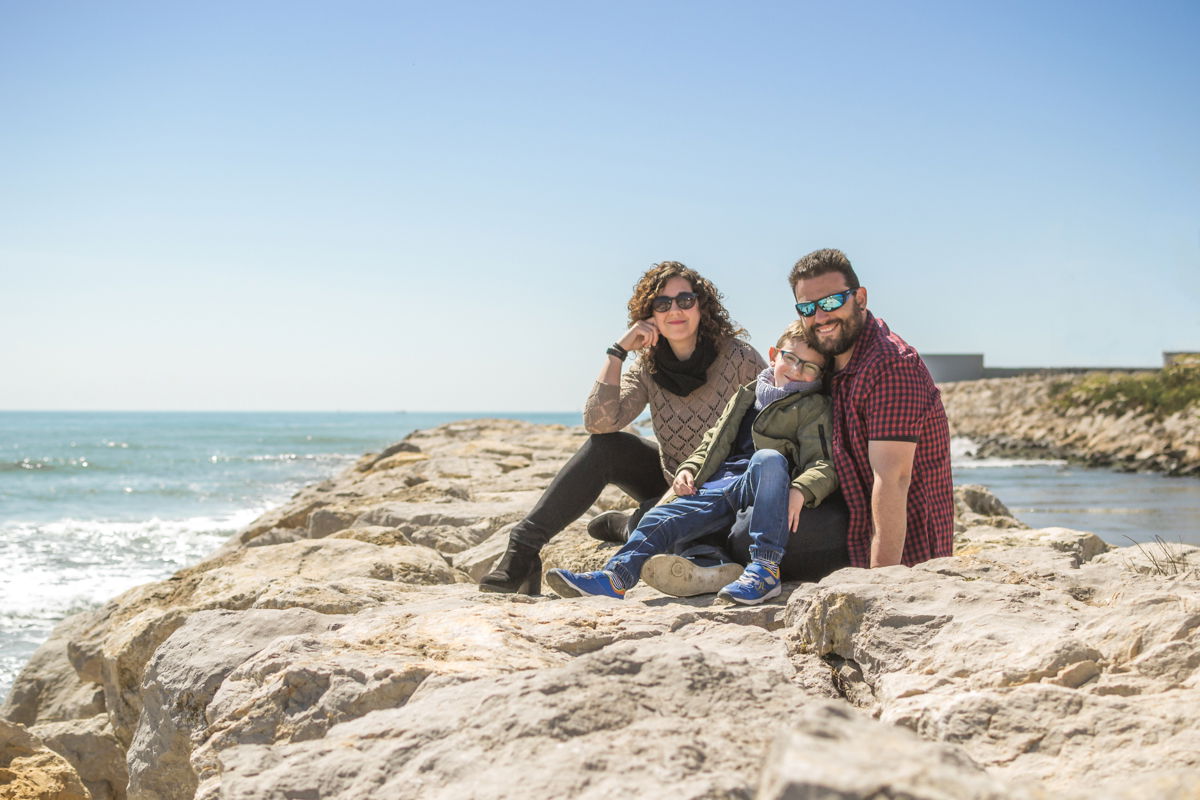
Choosing the perfect outfits for your family photos can be a challenge. The key is to find clothing that is comfortable, flattering, and coordinates well with the rest of the family. Solid colors are a great choice as they keep the focus on the people in the photo rather than busy patterns.
Consider the location of your photoshoot when selecting outfits. If you’ll be outdoors, choose clothing that fits the season and environment. Textured clothing can add visual interest to your photos, while fitted clothing helps to flatter each family member’s figure.
Most importantly, select outfits that make everyone feel their best. When your family is comfortable and confident in what they’re wearing, it will show in the final photos. If you’d like to learn more about family photo outfits, we have a detailed guide that covers everything from color schemes to accessorizing.

Do you need help with positioning your subjects? Then, this next section is for you! It may be hard to think past the formal family photography approach. So, we have compiled lists of photographic tips and ideas to get you experimenting.
Each section will touch on different subjects, from just the children to the entire family. Inside each of these sections, there is a link to a detailed article. These articles show visual examples of each suggestion. So, if you want to try out new and exciting methods of family photography, read each article in detail.
Photographing children can be a fun and rewarding experience. Let’s discuss some ideas to help you capture great shots. For toddlers, use a fast shutter speed of at least 1/250 s to freeze motion and shoot in burst mode. Get down to their eye level for more natural portraits. Keep the session moving and be flexible with your plans.
When photographing siblings, matching outfits can be cute, especially with twins or multiple siblings. Candid shots often work best, like siblings walking together or having a conversation. Childhood activities like reading a book together or having a playful pillow fight provide perfect opportunities for sibling photos.
Mommy and me photoshoots capture sweet moments between a mother and her children. Plan the photoshoot carefully, choosing a time when the kids are well-rested. Keep the photoshoot fun and be flexible, encouraging play and taking breaks when needed. Capture the everyday moments, not just the planned ones. If you’d like to learn more about children photos ideas, there are many helpful resources available here.
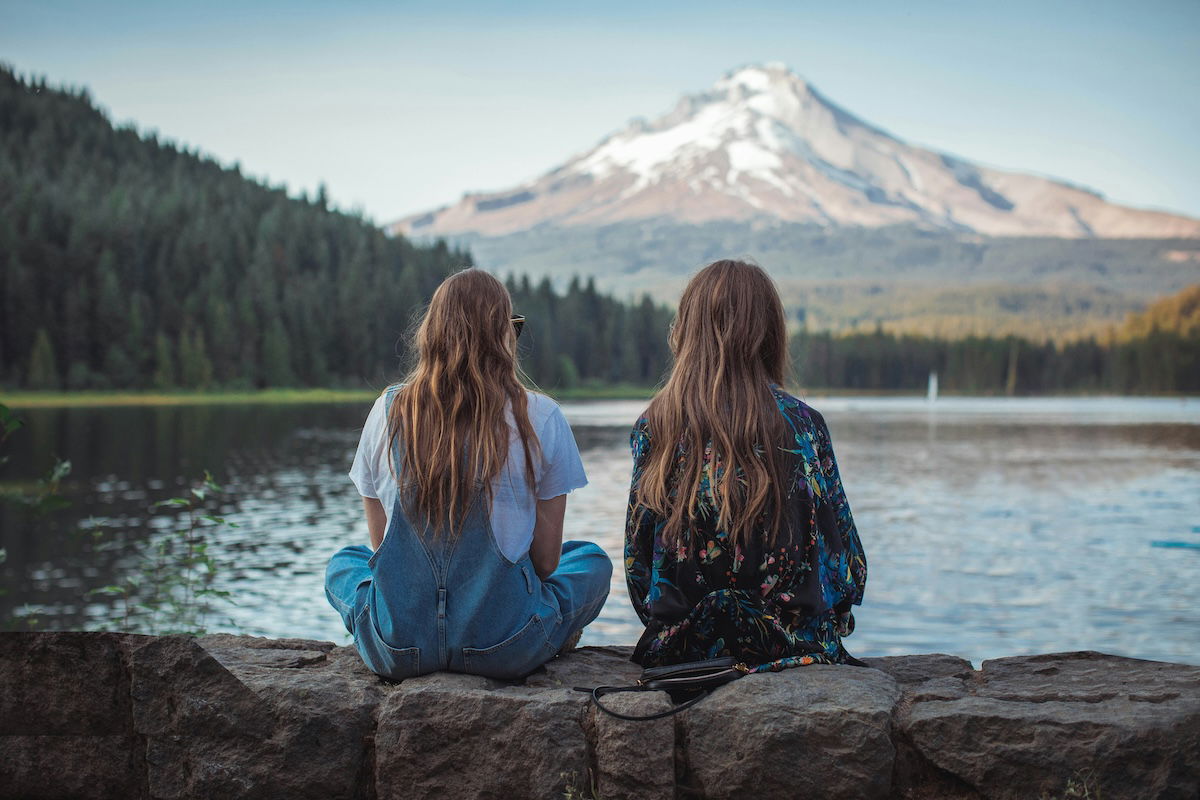
Family photoshoots are a great way to create memories with your loved ones. You can use different styles and approaches, from formal portraits to candid events. Generational family photography is a fun way to show the different generations of your family.
Family photoshoots can be an exciting time to spend together. The added excitement of putting on nice clothes and setting up props can create memorable moments. Make sure to take behind-the-scenes shots, as the setup can often be a great time for candid photos.
If you’d like to learn more about family photo ideas, we have an in-depth article that dives deeper into each tip so you can create treasured photographs of your family.
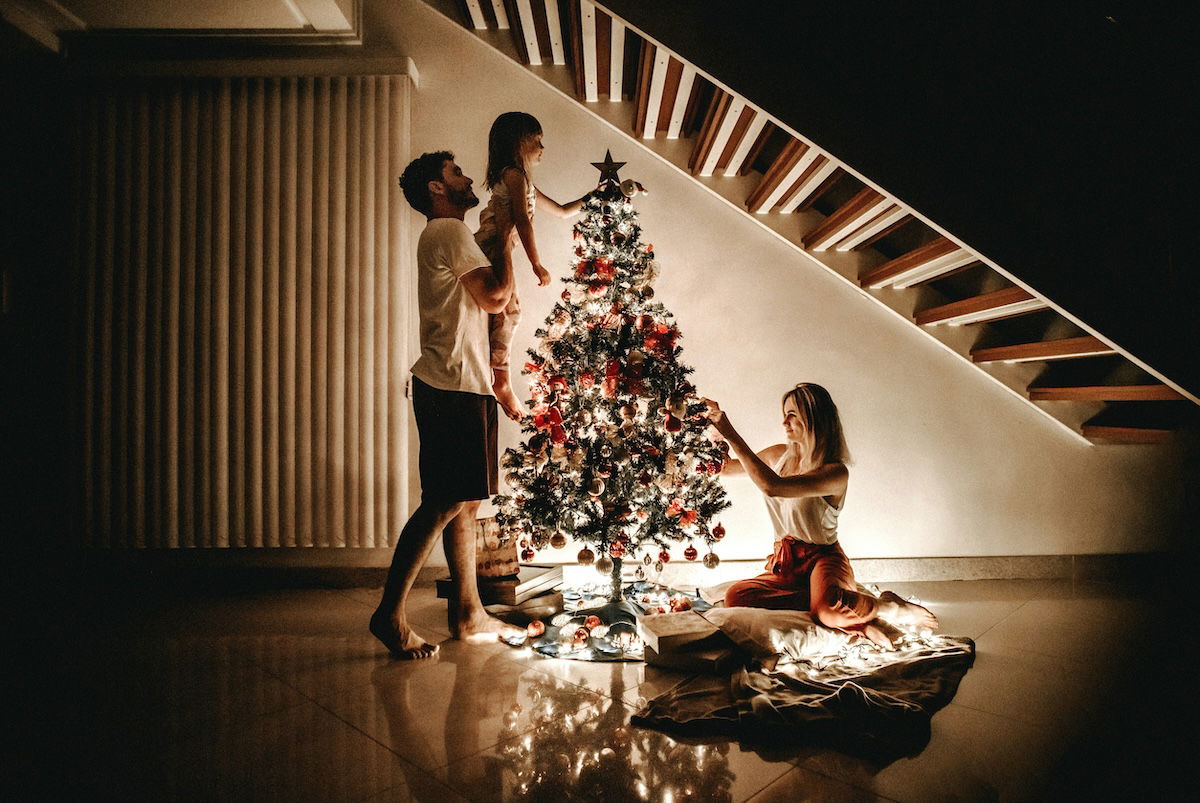
A great way to gather more inspiration is to look at the work of professionals. It is helpful to try to recreate other photographers’ styles before you have found your signature style. This forces you to try different photographic techniques you may not usually try.
The examples we look through range from photographers who shoot on location to studio photographers. So, you will surely find one style you aspire to.
Here are a range of fascinating family photography blogs to follow in 2024. These blogs showcase many styles, locations, and types of family photography.
Ana Brandt is a world-renowned family and newborn photographer. She creates timeless photos in her studio and outdoors. Keri Meyers is a master at getting the right shot for family photos in Seattle.
Jonathan Canlas is known for his Film Is Not Dead movement. Sarah Petty focuses on families, children, and seniors in her studio. Let The Kids has a never-ending reel of families, children, playfulness, and colors.
If you’d like to learn more about family photography blogs, read our full article for the links of each photographers blog.

Let’s now take a look at the best gear for family photography. The lens is the most important element to consider when shooting group portraits. Therefore, we have compiled a list of the best lenses. The list contains great options from all the big camera brands.
Make sure you read the full article to discover the best option for your camera brand of choice.
The best lenses for family portraits capture every smile and chuckle, making those moments last forever. Our guide lists the top 10 lenses, including options for Canon, Nikon, Sony, and Fujifilm cameras.
The Canon RF 14-35mm f/4L IS USM is our top pick for its versatility and sharpness. It’s great for wide group shots and intimate portraits. The constant f/4 aperture and image stabilization help in low light.
Other standout lenses include the Canon EF 35mm f/1.4L II USM for its wide aperture and exceptional clarity, and the Nikon Z 28-75mm f/2.8 for its versatile zoom range and fast autofocus. With the right lens for family portraits, you can celebrate your family through stunning photos.
